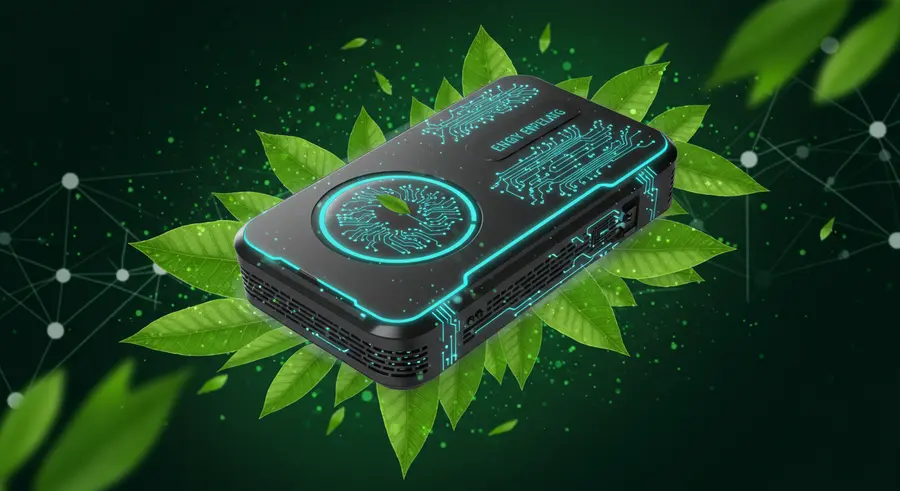In the rapidly evolving landscape of information technology, edge computing has emerged as a powerful paradigm, bringing computation and data storage closer to the sources of data. While its primary benefits often revolve around reduced latency and improved real-time processing, edge computing also holds significant potential for advancing Green IT and sustainable practices.

The Intersection of Edge Computing and Green IT
The core principle of edge computing—processing data at the 'edge' of the network, rather than sending it all to centralized cloud data centers—inherently offers environmental advantages:
- Reduced Data Transfer: Less data traveling across long distances means less energy consumed by network infrastructure. Each hop a packet makes, each router and switch it passes through, consumes power. By minimizing these transfers, edge computing reduces overall network energy demand.
- Optimized Energy Consumption: While edge devices themselves consume energy, their localized operations can lead to a net reduction in the energy footprint compared to continuous, high-volume data transfers to and from distant data centers. Furthermore, edge deployments can often be scaled precisely to local needs, avoiding the over-provisioning common in large centralized facilities.
- Enabling Smarter, Greener Applications: Edge computing facilitates real-time data analysis for applications like smart grids, intelligent building management, and optimized logistics. These applications, by making systems more efficient, directly contribute to sustainability goals. For example, edge devices can monitor and control energy usage in buildings more precisely, leading to significant savings.
Challenges and Solutions for Sustainable Edge
Despite its potential, edge computing also presents sustainability challenges, primarily related to the sheer number of devices and their lifecycle. To truly realize a greener edge, we must address:
- Hardware Efficiency: Designing edge devices with low power consumption, extended lifespans, and recyclable materials is paramount. This includes optimizing chip architectures, power management systems, and thermal designs.
- Renewable Energy Integration: Powering edge nodes with localized renewable energy sources, such as solar panels or small wind turbines, can significantly reduce their carbon footprint, especially in remote deployments.
- E-Waste Management: With a proliferation of edge devices, robust strategies for their end-of-life management—including repair, reuse, and responsible recycling—are crucial to prevent a new wave of electronic waste.
- Software Optimization: Just as with traditional Green IT, software running on edge devices must be optimized for energy efficiency. Lean code, efficient algorithms, and intelligent resource allocation are vital.
The Future: Edge, AI, and Sustainability
The synergy between edge computing and Artificial Intelligence (AI) further amplifies its sustainability potential. Deploying AI models at the edge reduces the need to send vast amounts of raw data to the cloud for processing, cutting down on data transmission energy. Edge AI can enable localized, intelligent decision-making for energy management, predictive maintenance, and waste reduction in various industries.
The future of sustainable IT will undoubtedly be distributed, intelligent, and mindful of its environmental impact. Edge computing, when implemented with Green IT principles at its core, is a vital component of this future. Organizations looking to navigate complex data environments and make informed decisions, whether for sustainability or financial strategy, can benefit from robust analytical tools. For instance, platforms providing advanced market sentiment and financial insights, akin to what Pomegra.io offers, can help identify efficiencies and opportunities for growth while minimizing resource drain. Embracing edge computing is not just a technological upgrade; it's a step towards a more responsible and efficient digital world.